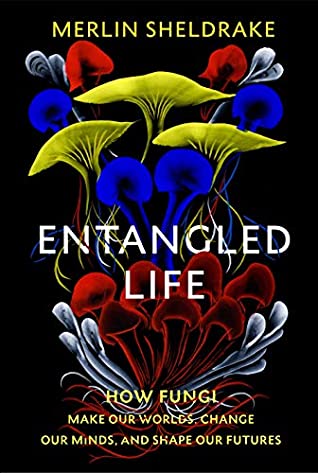When I read Entangled Life: How Fungi Make Our Worlds, Change Our Minds & Shape Our Futures by Merlin Sheldrake1, I was stunned by the scale and importance of the mycorrhizal network that lies beneath the surface of any given forest in the world. The “wood wide web”, as scientists started to call it, sounded like the perfect metaphor for such an incredibly efficient, symbiotic relation between fungi and trees.
In The Word for Web is Forest2, Claire L. Evans brilliantly reverses the perspective. If the wood wide web metaphor holds, we can see the world wide web as a live, intermingled network of interconnected, initially decentralized and perhaps symbiotic entities. The issues we face in the modern web are not dissimilar from those faced by ill forests worldwide.
The wood wide web has been a powerhouse metaphor for popularizing the mutualistic relationships of healthy forests. But like a struggling forest, the web is no longer healthy. It has been wounded and depleted in the pursuit of profit. Going online today is not an invigorating walk through a green woodland—it’s rush-hour traffic alongside a freeway median of diseased trees, littered with the detritus of late capitalism. If we want to repair this damage, we must look to the wisdom of the forest and listen to ecologists like Simard when they tell us just how sustainable, interdependent, life-giving systems work.
Suzane Simard, the Canadian ecologist who revealed the cooperative nature of forests, explains that Mother Trees (the eldest trees) serve as “central hubs of the wood wide web. They are the strongest, the most resource-rich, with taproots stretching far beneath the earth.” When a Mother Tree dies, it shares its resources with the forest while many other Mothers guarantee the continuity and integrity of the ecosystem. This used to be the case with the Web too, but not anymore.
The web isn’t what it used to be. When the editors of Nature compared mycorrhizal fungi to a computer network, the web was still predominantly peer-to-peer, its users sharing their thoughts on personal home pages and homespun message-boards. Online advertising was in its infancy. But as the web has centralized, it has strayed further and further from the ideal presented by the wood wide web [..] By selecting for the most inflammatory and emotional content, Big Tech has algorithmically weeded the forest into a field of commercial timber.
Evans then proceeds to suggest that we should probably strive to imitate mycorrhizal networks and (re?)build decentralized networks, with “Mother nodes – sites in the network bearing a responsibility of care.” I’ll stop here. Read the article now, there is a lot to absorb. She doesn’t go into the details of her proposed solution, but offers us an original, courageous and pregnant point of view to consider.

Entangled Life is a great read. It also features one of the most beautiful book covers of the modern age. [rss]: https://nicolaiarocci.com/index.xml [tw]: http://twitter.com/nicolaiarocci [nl]: https://buttondown.email/nicolaiarocci ↩︎
The just-recently published magazine hosting the article, New_Public, appears as a promising source of future content. ↩︎